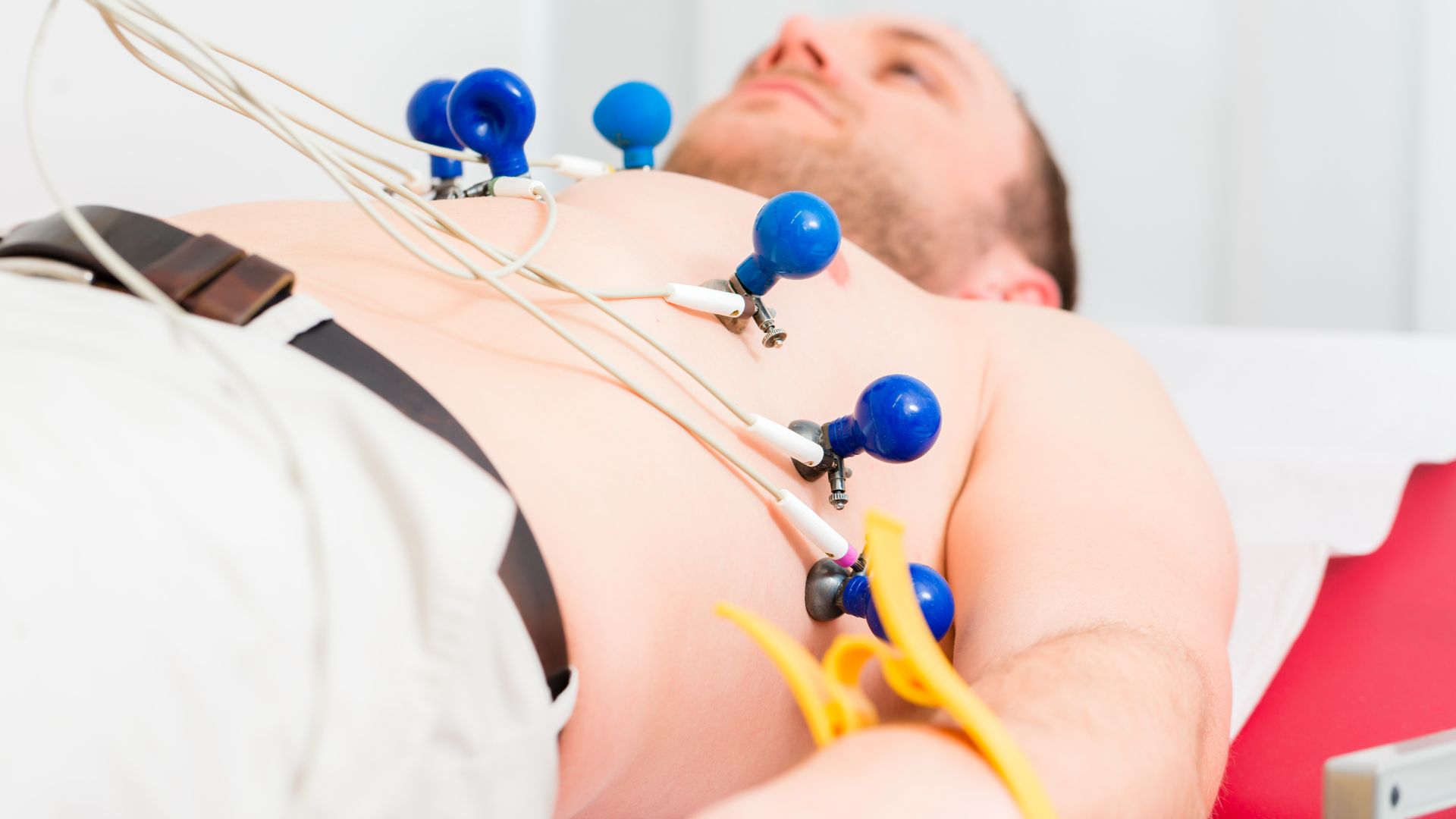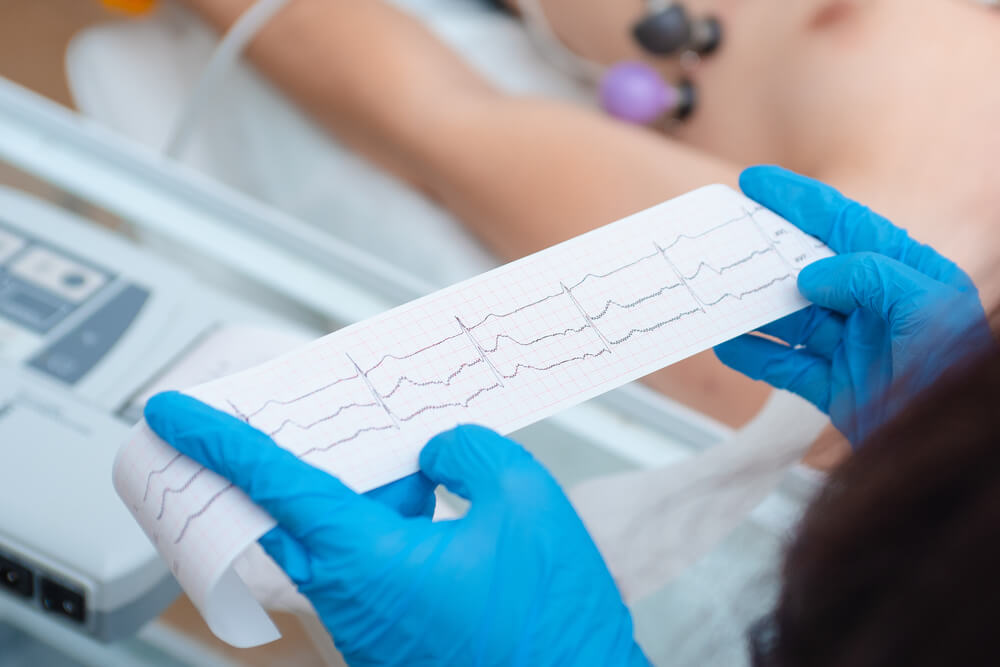A decreased heart rate or bradycardia generally does not have symptoms, but if the heart rate drops below 50, fatigue, weakness, dizziness, and chest discomfort may occur.
IMPORTANT: Individuals with heart rates below 50 who experience symptoms should consult a cardiologist, as bradycardia can be a sign of serious heart conditions. PULSE Cardiology Center brings together a team of experts with extensive experience in treating heart rhythm disorders.
What can you do to increase your resting heart rate?
Individuals who have a heart rate below or around 60 and do not experience any symptoms should take steps to increase their heart rate.
Although bradycardia usually cannot be prevented and requires medication therapy, doctors recommend the following strategies to reduce the risk of developing heart disease:
Regular exercise: A doctor may recommend the type and intensity of exercise based on the patient’s condition. The most common types are aerobic exercises that engage the heart, such as brisk walking, running, swimming, cycling, playing tennis, and jumping rope. Increased heart rate helps the body deliver oxygen and blood to the muscles more efficiently, burns more calories, and lowers cholesterol levels. Approximately 150 minutes of moderate physical activity or 75 minutes of vigorous exercise per week can help increase the heart rate and reduce the risk of heart and other diseases.
Aerobic exercises improve circulation, enhance overall aerobic fitness (measured by a treadmill stress test), and help the heart pump blood more effectively. They also reduce the risk of type 2 diabetes and assist individuals with diabetes in controlling their blood glucose levels. Ideally, aim to exercise for 30 minutes every day.
Make it incline. If you’re on a treadmill, increase the incline. Or if you’re walking outdoors, look for hills. This will engage your muscles and help increase your heart rate.
Take the stairs. Just like adding incline, stairs bring a new challenge to your workout.
Change your pace. Whether you’re walking, cycling, swimming, or practicing yoga, you don’t have to increase your pace throughout the entire workout. Add short bursts of increased effort and faster pace. Over time, you’ll be able to increase the duration of these intervals.
Take shorter breaks. If you’re doing interval training or lifting weights, take shorter breaks between different exercises.
Healthy lifestyle habits contribute to better heart function
Just like in the case of high heart rate, maintaining healthy lifestyle habits is important in the case of low heart rate.
Maintain a healthy weight. Excess weight increases the risk of developing heart disease.
Keep blood pressure and cholesterol under control. Practice healthy lifestyle habits and take medications prescribed by your doctor to manage high blood pressure, diabetes, and high cholesterol.
Quit smoking. Smoking cigarettes leads to the formation of plaque in the blood vessels.
Moderate alcohol consumption. For healthy adults, this means up to one drink per day for women and up to two drinks per day for men.
Manage stress. Intense emotions can impact heart function. Some ways to reduce stress include regular exercise, joining a support group, and trying relaxation techniques such as yoga.
Regular check-ups. In addition to regular check-ups, it is important to see a doctor if any atypical symptoms arise that haven’t been experienced before.
Heart-healthy diet. Choose a healthy diet low in fat, salt, and sugar, and rich in fruits, vegetables, and whole grains. It is particularly important to include foods rich in omega-3 fatty acids such as fish and nuts.
How is a low heart rate treated?
In cases where a low heart rate poses a danger to normal heart function, patients are usually offered the following options: medication to control heart rate or the implantation of a pacemaker. Depending on various factors including the patient’s overall condition, comorbidities, age, symptoms, and the severity of the condition, the doctor will recommend the best option.
Implantation of a pacemaker is one of the safer options, but if possible, medication is typically recommended as a first step. Pacemakers are now implanted quickly, require minimal recovery time and hospital stay, and provide a much more carefree life.
PULSE Cardiology Center has state-of-the-art pacemakers, and the pacemaker implantation is performed in a specially equipped angiography room – Cath lab by experts in cardiology and radiology. At our cardiology center, you can also have your pacemaker checked and have the battery replaced if you already have a pacemaker implanted.





